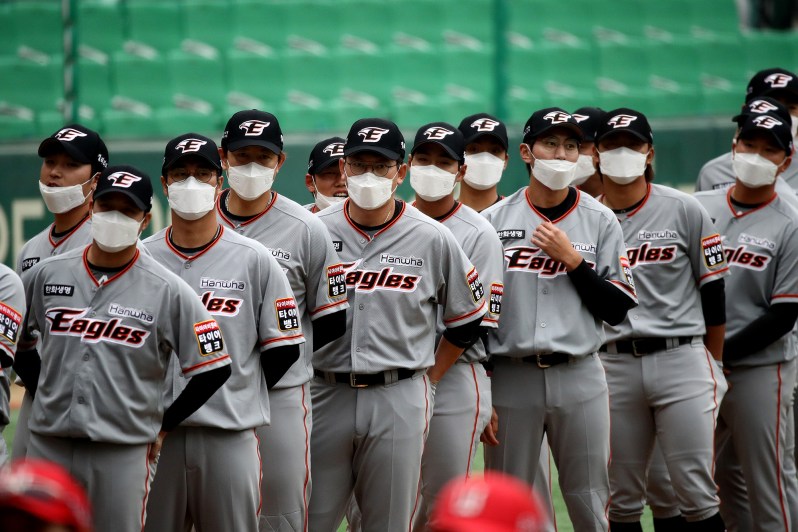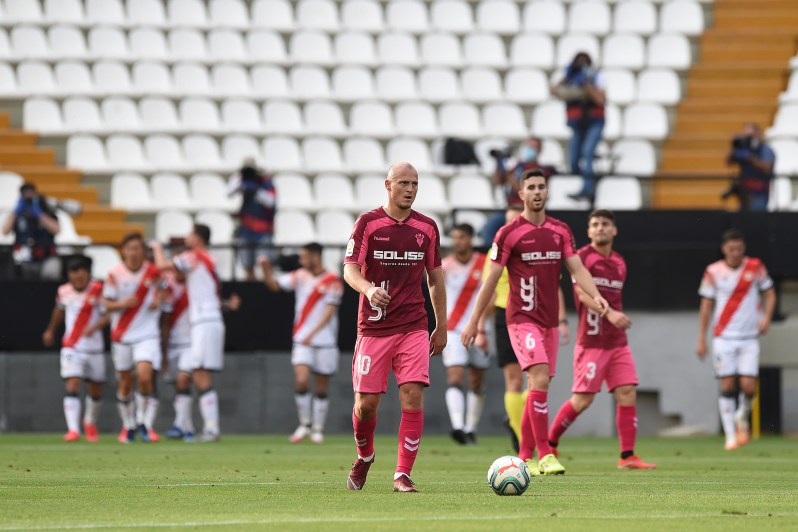Professional sports are coming back to life. It’s a slow restart, for certain, but it’s offering fans something to root for and other organizations a look and what it might look to make a legitimate return.
Korean baseball was the first major league to play ball again. Players competed in empty stadiums but supporters could at least watch in real time from home. Desperate for content beyond the occasional UFC fight or rumor of an NFL trade, ESPN aired a lot of these games. The station also released a couple of eye-opening miniseries on two superstars in Lance Armstrong and Michael Jordan, a pretty savvy move in the absence of real sports competitions.

Soccer is following suit, with most of the major leagues (La Liga in Spain, the Premiership in England) set to start back up in mid-June. The Bundesliga in Germany was the first to return to action, with players and team staff adhering to strict quarantine protocols and fan-less stadiums. In partially opened Germany, fans are flocking to beer halls to watch their favorite teams, but are not yet attending matches. The top Costa Rican soccer league, too, resumed on the early side with some of the games getting picked up by starved American sports stations. Recently, too, Major League Soccer announced its return in early July.
It’s pretty fascinating to watch. Without fans, viewers can hear the incessant shouting of players and the direction of coaches. The psychology of the pandemic is real and has rubbed off on the athletes. There’s still plenty of physical contact but there’s often an air of hesitancy (quite justified). Players have been instructed not to hug and high-five, making goal celebrations incredibly awkward.
Basketball recently announced its return date of July 31. The plan is to bring in the top 22 teams (35 players and staff from each team) in the association and have them compete for playoff spots. It will all happen at Disney in Orlando, keeping the sport captive and properly quarantined. Again, this will be an empty arena affair but hoops fans will love the return of what’s been a pretty open and entertaining regular season thus far.
The end of July seems pretty far off but you have to keep in mind how complicated this all is. The NBA is a global league with players from all over the planet. Many will be flying back to the states and will have to self-quarantine upon return. Then, teams will begin to practice in their own cities before heading to Florida. With such a tight basketball community being assembled at Disney, the goal of course is to keep everybody healthy. A second wave in such an environment would spread like wildfire so there will be daily testing.

In scheduling some regular season games, the league smartly preserved one of its best attributes: the playoff push. Sixteen teams ultimately make the playoffs and the 8th seeds in each conference are especially fought-over. Viewers get more basketball and teams get a fighting chance to make the postseason. On paper, it’s looking like a Lakers and Bucks final but you just never know with pro hoops, which is part of the fun.
The NFL is slated to start on time late this summer, but so much is dependent on the state of the pandemic. Surely, the stadiums will be empty or set to very limited capacities. And what of the players in one of the world’s most contact-heavy sports? There’s a macho element embedded in American football but how risky will playing be for the health of the players? It’s a massive sport, with rosters carrying more than 50 players and a plurality of coaches, trainers, and more.
Players have been keeping busy during the pause, training on their own and in small groups and supporting vital causes. The recent death of George Floyd has sparked the newest chapter of a longstanding movement and athletes are putting their public visibility to great use. Rising star Jadon Sancho of Borussia Dortmund sported a simple statement while basketball players like Steph Curry and Damian Lillard marched with protesters in their hometowns.
The return of sports will bring some much-needed normalcy to our lives but it must be done with health concerns taking precedence over cash concerns. Obviously, that’s not always to be assumed given the scale of money these colossal leagues are working with. It’s set to be a different sporting landscape entirely but that’s all part of this new normal we’re all navigating.


